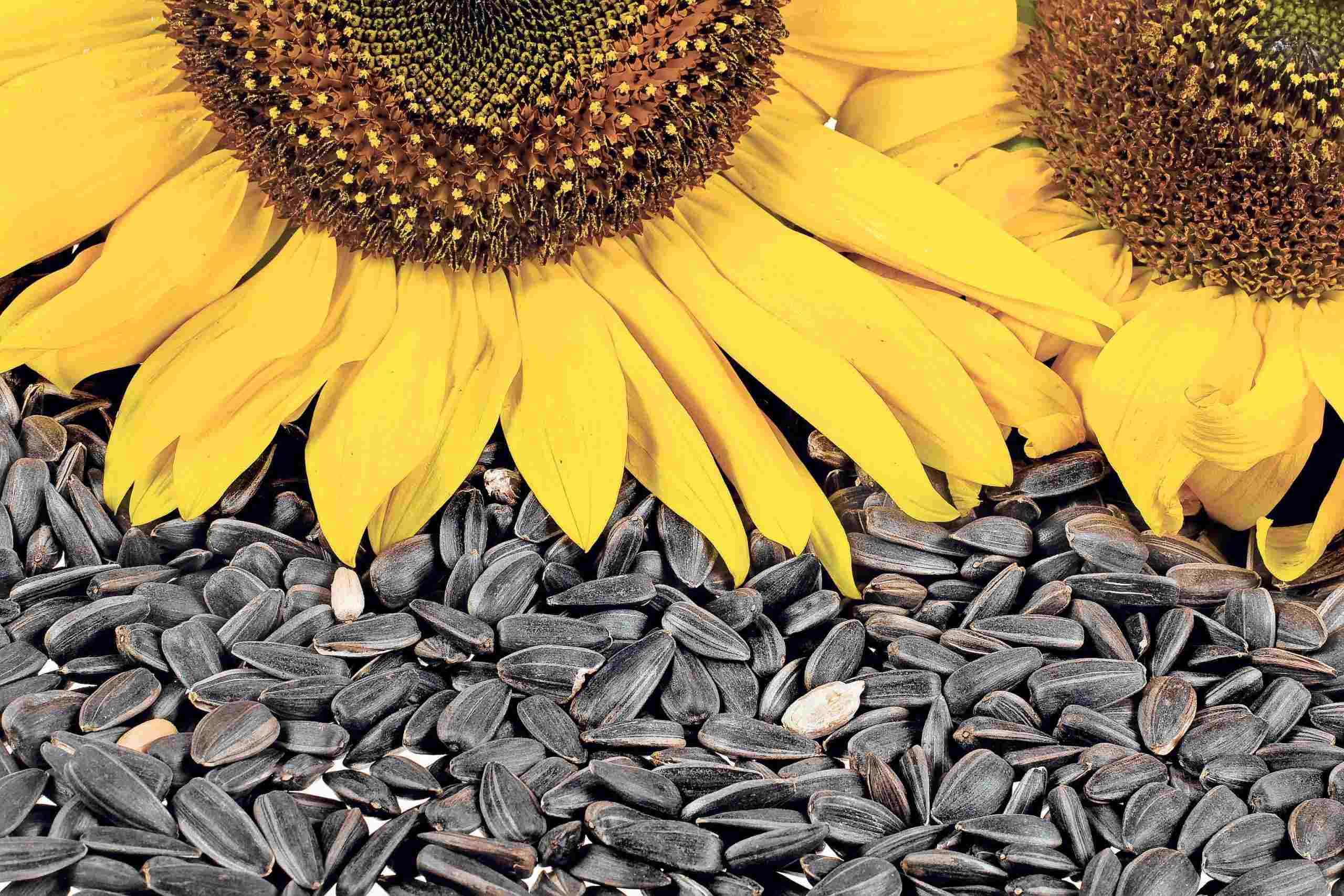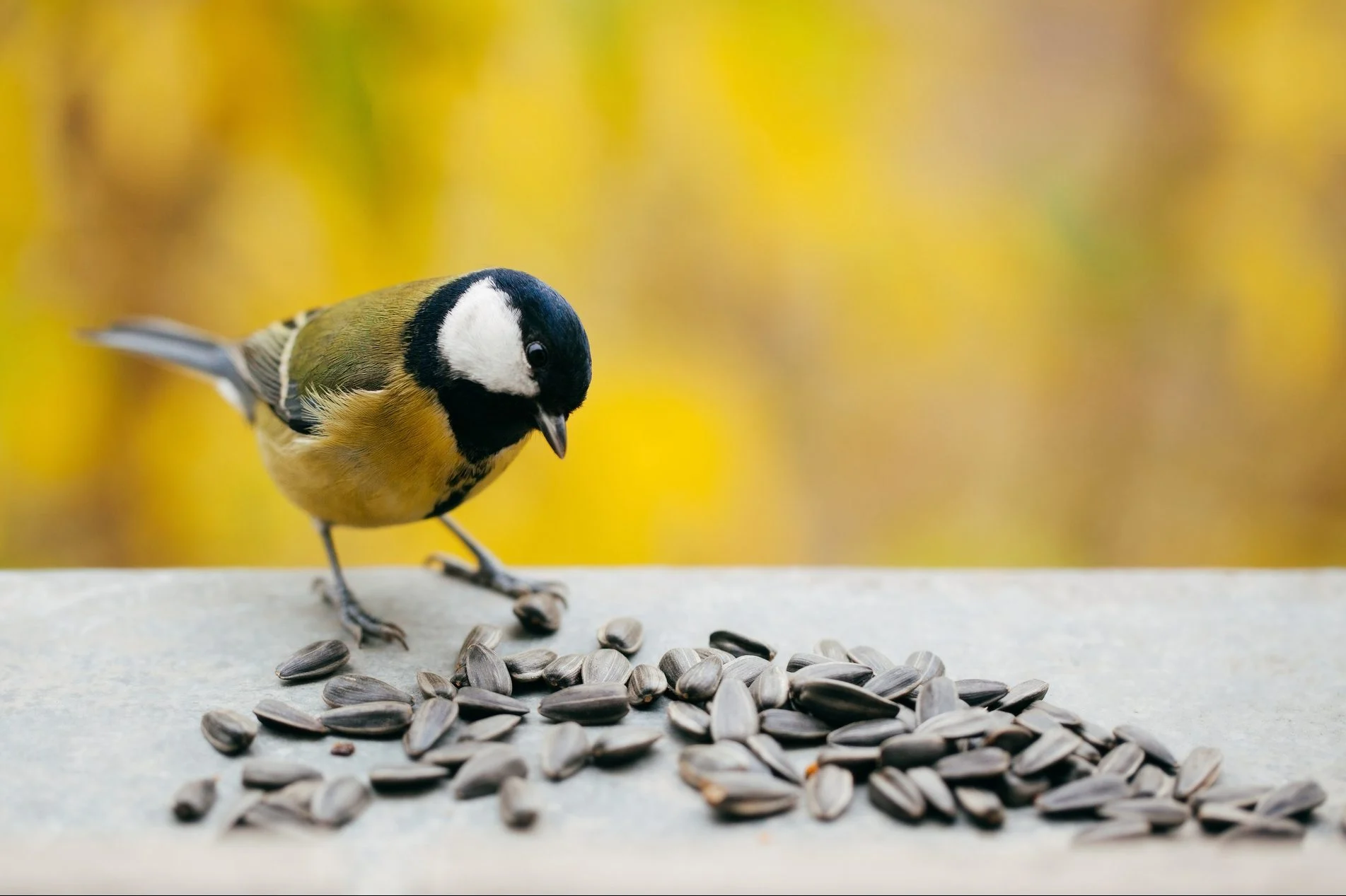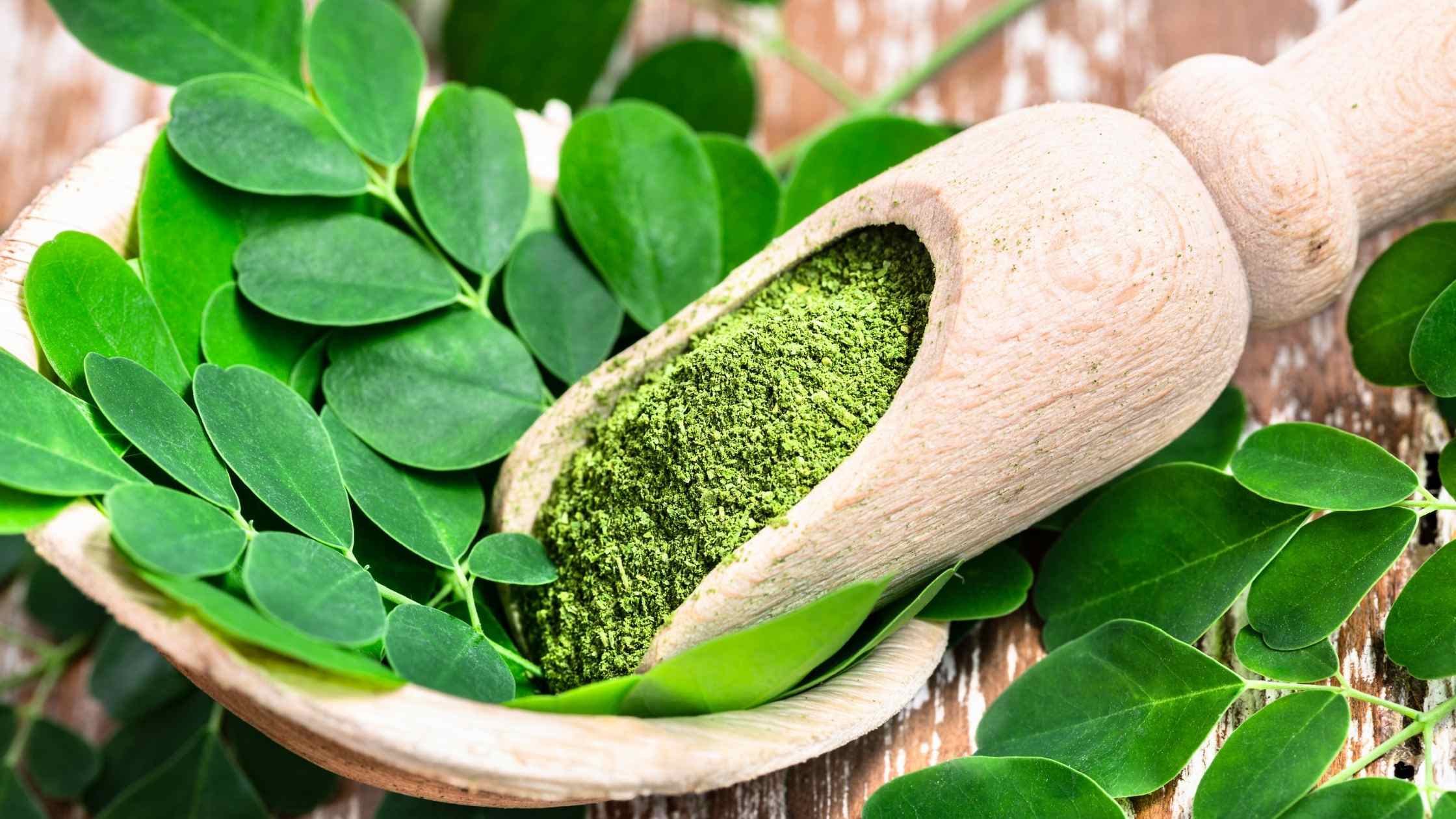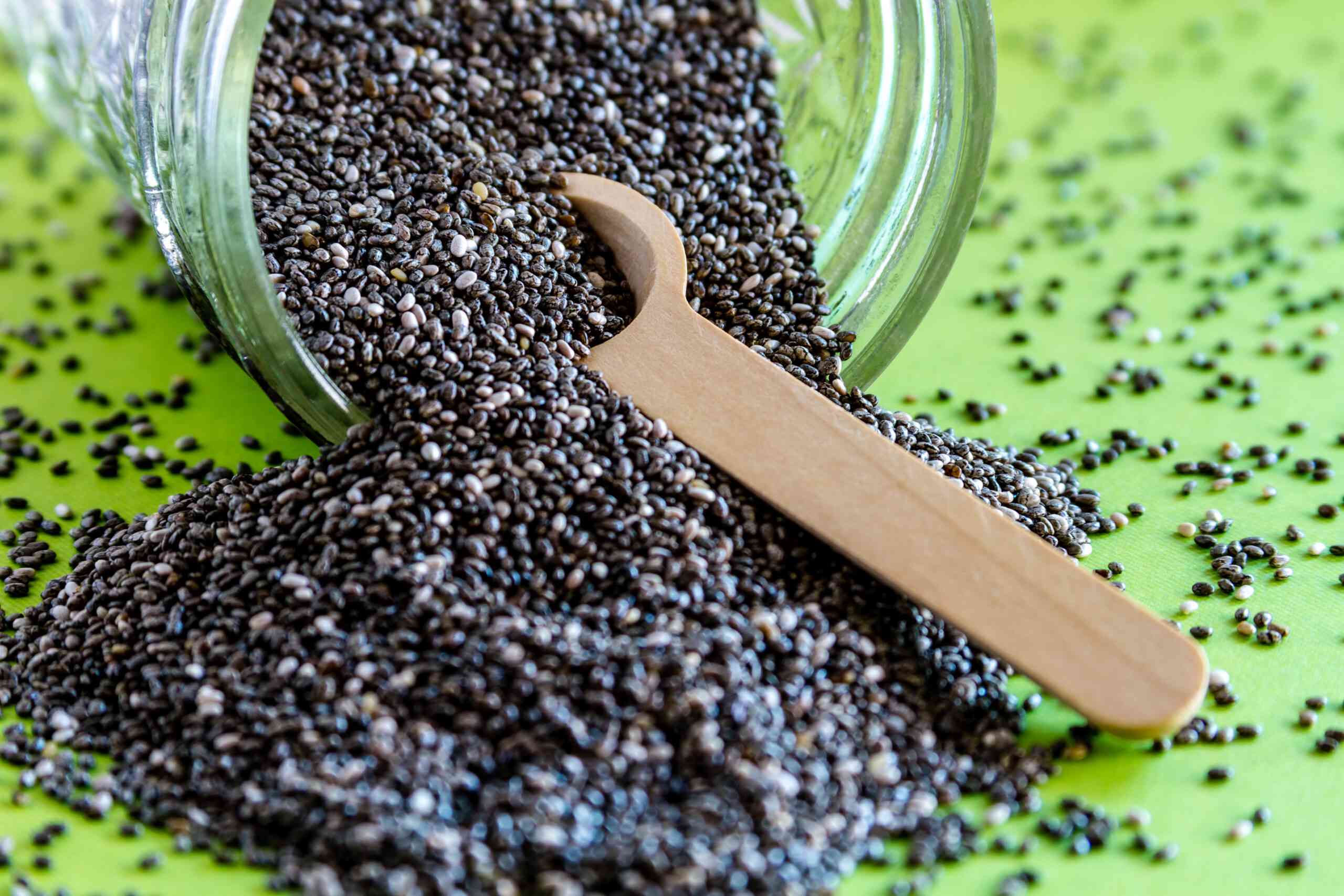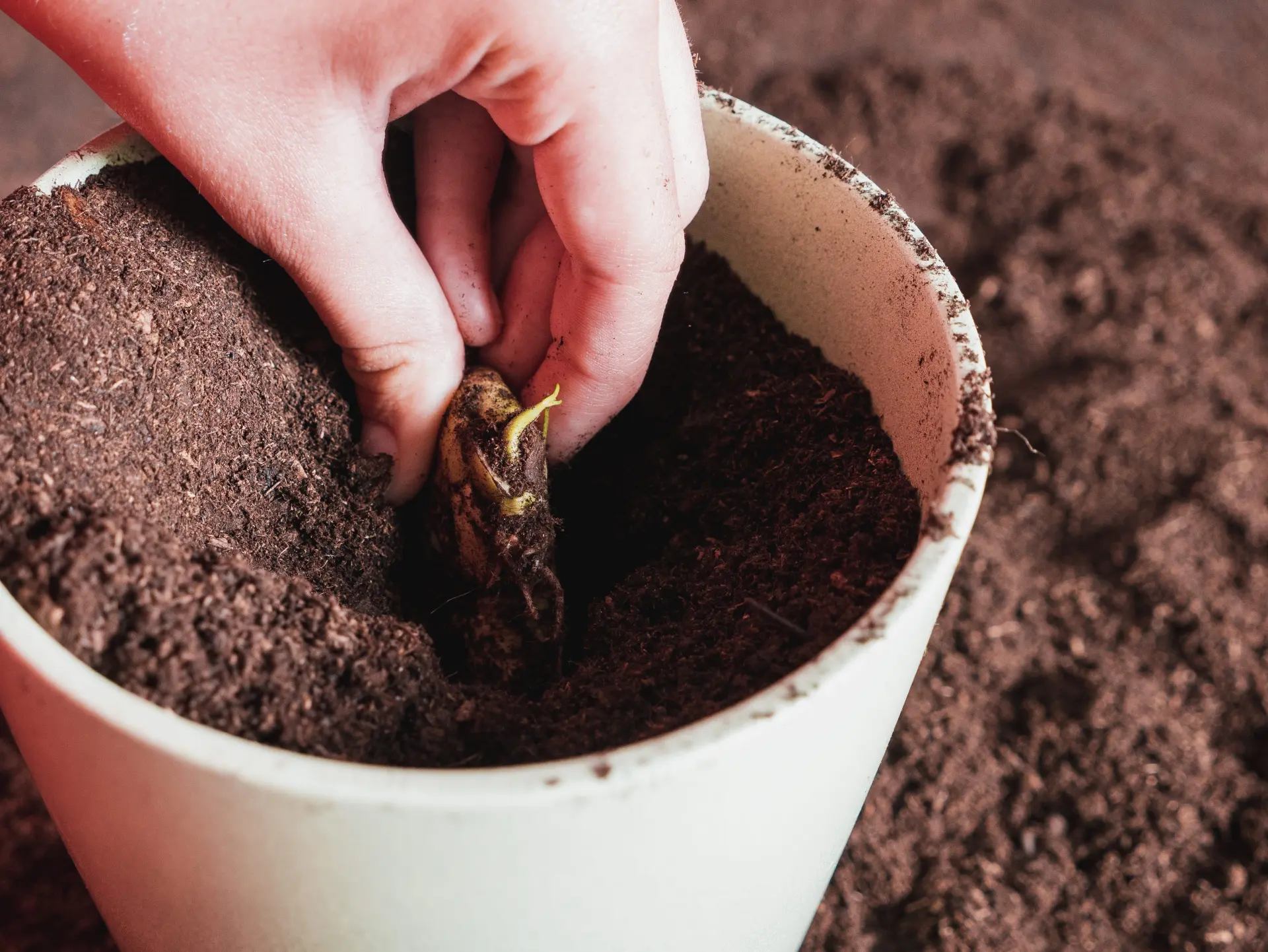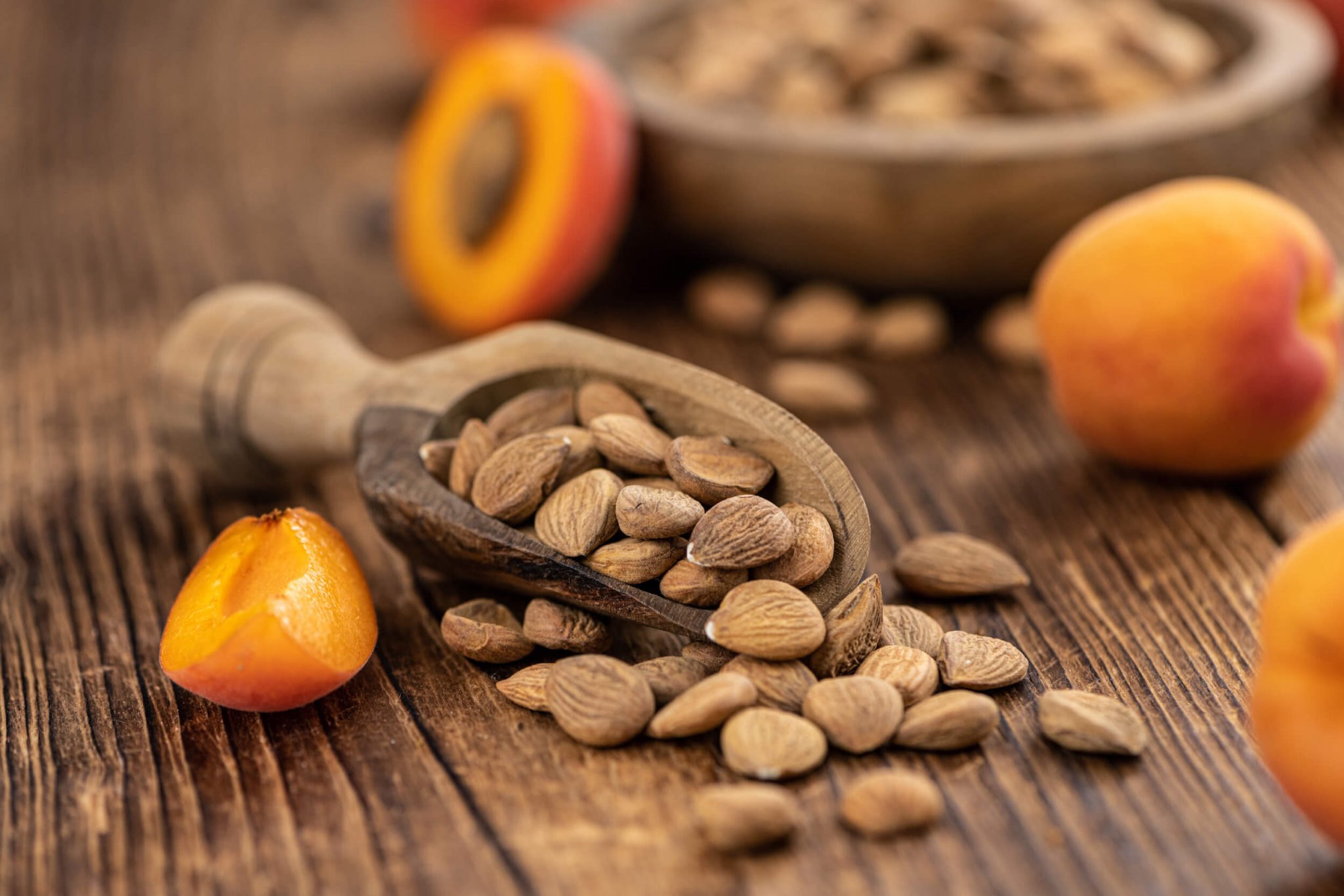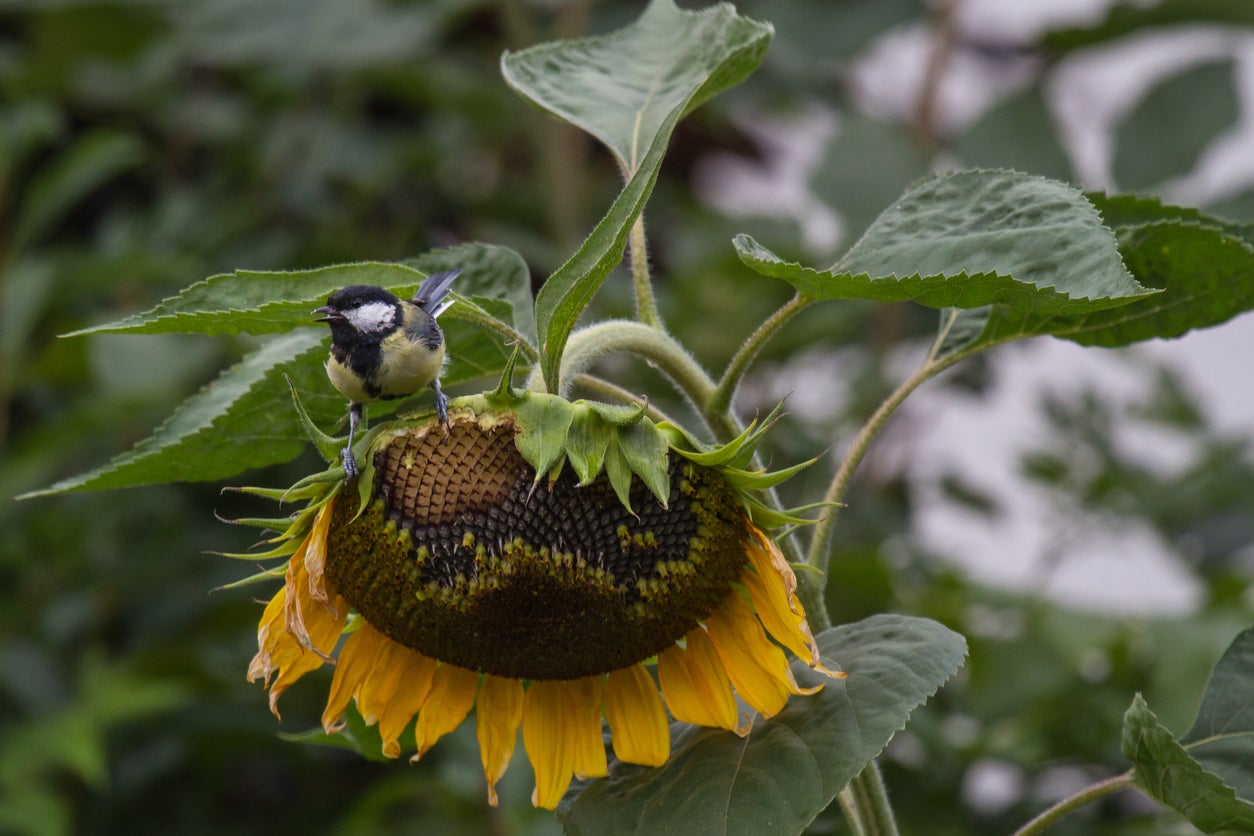Home>Types of Gardening>Ornamental Gardening>Which Birds Eat Safflower Seeds
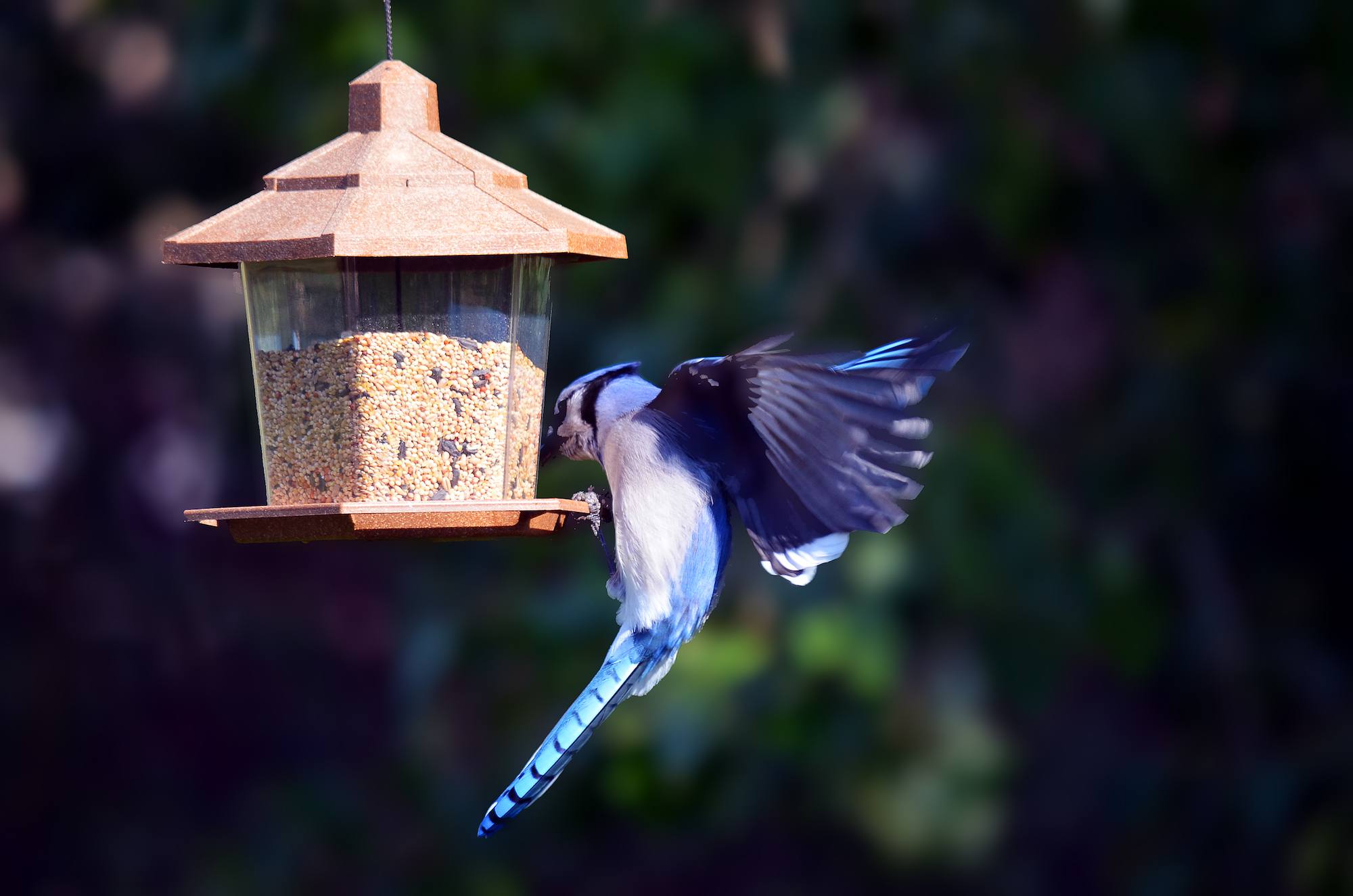

Ornamental Gardening
Which Birds Eat Safflower Seeds
Modified: January 22, 2024
Discover the birds that enjoy safflower seeds in your ornamental garden. Learn which species are attracted to these nutritious seeds and how to attract them.
(Many of the links in this article redirect to a specific reviewed product. Your purchase of these products through affiliate links helps to generate commission for Chicagolandgardening.com, at no extra cost. Learn more)
Table of Contents
Introduction
Welcome to the world of ornamental gardening! If you are a gardening enthusiast looking to beautify your outdoor spaces, ornamental gardening is the perfect way to showcase your creativity and create a stunning visual impact. Whether you have a small backyard, a spacious lawn, or even just a balcony, ornamental gardening allows you to transform any space into a breathtaking oasis.
But what exactly is ornamental gardening? Simply put, it is the practice of designing, planting, and maintaining gardens primarily for their aesthetic appeal. While functional gardens focus on growing fruits, vegetables, and herbs, ornamental gardens prioritize the cultivation of plants that are visually appealing.
Ornamental gardening allows you to indulge your passion for plants and design by creating harmonious combinations of colors, textures, and shapes. From vibrant flowers and lush foliage to architectural elements and unique hardscapes, ornamental gardens offer endless creative possibilities.
One of the key aspects of ornamental gardening is the choice and placement of plants. By carefully selecting and arranging plants, you can create different focal points, highlight specific areas, and establish a cohesive overall design. Whether you prefer a formal, symmetrical garden or a more naturalistic, cottage-style landscape, there is a wide range of plants to choose from to suit your preferences.
Another important aspect of ornamental gardening is the use of various gardening techniques and practices to ensure the health and vitality of your plants. This includes proper soil preparation, regular watering and fertilizing, pruning and trimming, and pest control. By providing the optimal conditions for your plants to thrive, you can enjoy a garden that flourishes throughout the seasons.
Not only does ornamental gardening offer countless rewards for the gardener, but it also provides a habitat for various beneficial insects and wildlife. From butterflies and bees to birds and small mammals, your garden can become a haven for biodiversity and contribute to the ecological balance of your surroundings.
Whether you are a seasoned gardener or a beginner looking to embark on a new hobby, ornamental gardening offers a wonderful opportunity to immerse yourself in the beauty of nature and create a serene and inviting space. So, grab your gardening tools, get inspired, and let the magic of ornamental gardening transform your outdoor oasis!
What are safflower seeds?
Safflower seeds are small, oval-shaped seeds that come from the safflower plant (Carthamus tinctorius). The safflower plant, also known as bastard saffron or false saffron, is a thistle-like annual plant that is cultivated for various purposes, including its seeds.
These seeds have a hard shell and are typically white or pale yellow in color. They have a mild, nutty flavor and are known for their high oil content. Historically, safflower seeds have been used both for culinary and non-culinary purposes.
In the culinary world, safflower seeds are primarily used as bird feed. They are a popular choice for bird enthusiasts who want to attract a variety of bird species to their backyard. The seeds are high in protein, making them a nutritious food source for birds.
Outside of the culinary realm, safflower seeds have also been used to produce safflower oil. This oil has many uses, including cooking, skincare, and industrial applications. Safflower oil is often considered a healthier alternative to other cooking oils due to its high content of monounsaturated fats and low levels of saturated fats.
In addition to their usage in the culinary and oil industries, safflower seeds have also been explored for their potential health benefits. Research suggests that safflower seeds contain antioxidants, anti-inflammatory compounds, and may have a positive impact on heart health and blood sugar control. However, more studies are needed to fully understand the potential health benefits of safflower seeds.
Overall, safflower seeds offer a versatile and nutritious option for both avian visitors to your backyard and for your own cooking and wellness needs. By incorporating safflower seeds into your gardening endeavors, you can attract a diverse range of bird species and contribute to their well-being while enjoying the beauty of these magnificent creatures.
Benefits of Safflower Seeds for Birds
Safflower seeds offer numerous benefits for birds, making them an excellent choice for bird feeders and attracting a wide range of avian species to your backyard. Here are some of the key benefits of safflower seeds for birds:
- Nutritional Value: Safflower seeds are rich in essential nutrients that birds need for their overall health and well-being. They are high in protein, which is crucial for birds’ growth, development, and reproduction. Additionally, safflower seeds are a good source of fats and carbohydrates, providing birds with the energy they need to thrive.
- Attracts a Variety of Birds: Safflower seeds attract a diverse range of bird species, including cardinals, finches, chickadees, nuthatches, and titmice, among others. These seeds have a broad appeal and can help create a bird-friendly environment in your backyard.
- Deters Unwanted Birds: One of the unique benefits of safflower seeds is that they are unappealing to squirrels and other unwanted bird feeder visitors. If you’re tired of squirrels raiding your bird feeders, offering safflower seeds can help deter these furry pests and keep the focus on attracting beautiful birds instead.
- Less Waste and Mess: Safflower seeds have a hard shell that many birds prefer to crack open to access the contents inside. This means there is less likelihood of wasted or scattered seeds, reducing mess and cleanup for you.
- Year-Round Feeding: Safflower seeds are suitable for year-round bird feeding. They are especially beneficial during the winter months when natural food sources are scarce. By providing safflower seeds, you can help birds sustain their energy and survive through the cold season.
- Easily Digestible: Birds can efficiently digest safflower seeds, ensuring that they can effectively extract the nutrients they need. This makes safflower seeds an excellent choice for attracting a variety of bird species, including those with smaller beaks.
By offering safflower seeds in your bird feeders, you provide birds with a nutritious food source, attract a diverse array of species, and discourage unwanted pests. With these benefits, safflower seeds are a must-have addition to any bird-friendly garden or backyard oasis!
Types of Birds that Eat Safflower Seeds
Safflower seeds are a favorite among many bird species, attracting a diverse range of feathered visitors to your backyard. Let’s explore some of the most common types of birds that enjoy feasting on safflower seeds:
- Cardinals: These vibrant red birds are among the most well-known safflower seed enthusiasts. Male and female cardinals both enjoy safflower seeds and are often drawn to feeders that offer this nutritious food source.
- Finches: Several finch species, including American goldfinches and house finches, are known to relish safflower seeds. Finches have a small beak that allows them to easily crack open the seeds and extract the kernels.
- Chickadees: These lively and acrobatic little birds are attracted to safflower seeds, providing them with a valuable source of nourishment. Chickadees have no trouble clinging to feeders and cracking open safflower seeds.
- Nuthatches: Known for their unique upside-down foraging behavior, nuthatches are fond of safflower seeds. Their strong beaks enable them to crack open the shells and enjoy the tasty kernels inside.
- Titmice: Tufted titmice and other titmouse species are often seen at safflower seed feeders. These small, energetic birds are skilled at extracting the seeds and adept at flying to nearby perches to enjoy their meal.
- Jays: Blue jays and other jay species occasionally indulge in safflower seeds. While jays are not as regular visitors to safflower feeders compared to other birds, they may still take advantage of the available food source.
- Woodpeckers: Some woodpecker species, such as the red-bellied woodpecker, have been known to eat safflower seeds. These birds have strong bills that allow them to crack open the seed shells to access the tasty contents inside.
It’s important to note that while these are common bird species that are attracted to safflower seeds, individual bird preferences can vary depending on the region and available food sources. Don’t be surprised if you discover other species enjoying safflower seeds in your backyard!
By offering safflower seeds in your bird feeders, you can create a haven for these beautiful birds and enjoy their delightful presence in your outdoor space.
Nutritional Value of Safflower Seeds
Safflower seeds offer a range of essential nutrients that are beneficial for both birds and humans. Let’s delve into the nutritional value of safflower seeds:
Protein: Safflower seeds are a great source of protein, making them an excellent food choice for birds. Protein is essential for birds’ growth, development, and maintenance of their feathers, muscles, and overall health.
Fat: Safflower seeds are relatively high in fat content, which provides birds with a concentrated source of energy. Fat is crucial for birds’ survival, especially during colder months when they need to maintain their body temperature and energy levels.
Carbohydrates: Safflower seeds contain carbohydrates, which are an important source of energy for birds. Carbohydrates are converted into glucose, providing birds with the fuel they need for daily activities, including flying and foraging for food.
Fiber: Safflower seeds also contain dietary fiber, which aids in digestion and helps maintain a healthy digestive system in birds. Fiber is essential for proper nutrient absorption and waste elimination.
Vitamins: Safflower seeds are a natural source of vitamins, including vitamin E, which is an antioxidant that helps protect cells from damage. Vitamin E also contributes to birds’ overall health and immune function.
Minerals: Safflower seeds provide important minerals such as calcium, phosphorus, and magnesium. These minerals are critical for bone strength, egg production (in the case of bird species that lay eggs), and overall physiological functions in birds.
It’s worth noting that the exact nutritional composition of safflower seeds can vary slightly depending on factors such as cultivation conditions and seed maturity. However, safflower seeds remain a valuable and nutritious food source for both birds and humans.
Whether you’re attracting birds to your backyard or incorporating safflower seeds into your own diet, you can enjoy the benefits of these nutrient-rich seeds. So, whether you’re a bird enthusiast or a health-conscious individual, consider incorporating safflower seeds into your routine for a healthy and vibrant lifestyle!
How to Offer Safflower Seeds to Birds
Offering safflower seeds to birds is a simple and effective way to attract a variety of species to your backyard. Here are some tips on how to offer safflower seeds to birds:
- Choose the Right Feeder: Select a bird feeder that is suitable for safflower seeds. Tube feeders with small feeding ports are ideal for attracting songbirds like finches and chickadees, while hopper feeders with larger tray-like compartments can accommodate larger birds like cardinals and woodpeckers.
- Fill the Feeder: Pour safflower seeds into the feeder, ensuring that it is filled to an appropriate level. Avoid overfilling, as it can lead to seeds getting wasted or spoiled.
- Place Multiple Feeders: If you have a large or diverse bird population in your area, consider placing multiple feeders around your garden or yard. This will provide enough feeding space and minimize competition among birds.
- Keep the Feeder Clean: Regularly clean the feeder to prevent the buildup of mold and bacteria. Dirty feeders can be harmful to birds’ health. Clean the feeder with warm, soapy water, and rinse thoroughly before refilling with fresh safflower seeds.
- Offer Other Food Sources: While safflower seeds are a nutritious option, it’s also beneficial to have a variety of food sources available to birds. Provide a mix of different seeds, suet, fruits, and nectar to cater to the preferences of different bird species.
- Keep the Feeder Well-Stocked: Regularly monitor your bird feeders and refill them as needed. Birds rely on consistent food sources, especially during harsh weather conditions or breeding seasons when resources may be limited.
- Observe and Enjoy: Sit back, relax, and observe the visitors to your backyard. Take note of the different bird species attracted to the safflower seeds. Grab your camera and capture some beautiful moments with these winged visitors.
Remember to be patient, as it may take some time for birds to discover the safflower seeds in your feeders. Once they do, however, you can expect a flurry of activity and a delightful display of avian visitors in your garden.
By providing safflower seeds in appropriate feeders and maintaining a clean and well-stocked feeding station, you can create a haven for birds and enjoy the beauty and wonder they bring to your outdoor space.
Common Misconceptions about Safflower Seeds
Safflower seeds have gained popularity as a preferred bird feed, but there are still some misconceptions surrounding these nutritious seeds. Let’s debunk some common misconceptions about safflower seeds:
- Safflower seeds are only for specific bird species: While safflower seeds are known to be favored by certain bird species like cardinals and finches, many other birds also enjoy them. Titmice, chickadees, nuthatches, and even woodpeckers can be attracted to safflower seed feeders. It’s worth experimenting to see which bird species visit your feeders.
- Squirrels will not eat safflower seeds: Although safflower seeds are less appealing to squirrels compared to other bird seeds, some determined squirrels might still attempt to devour them. To prevent squirrel infestation, use squirrel-proof feeders or employ other squirrel deterrent techniques, such as adding baffles or placing feeders away from trees and poles.
- Safflower seeds have low nutritional value: Contrary to this belief, safflower seeds are actually packed with nutritional benefits for birds. They are rich in protein, fats, carbohydrates, and essential vitamins and minerals. Birds can thrive on a diet that includes safflower seeds as part of their overall food sources.
- Safflower seeds can sprout and create unwanted plants: Unlike some other bird seeds, safflower seeds are not prone to sprouting. Their hard shells act as a natural protective barrier, preventing them from germinating and sprouting into unwanted plants. This makes safflower seeds a convenient and low-maintenance option for bird feeding.
- Safflower seeds will attract only a limited variety of birds: While safflower seeds are particularly attractive to certain bird species, they can still attract a diverse range of birds to your backyard. By providing a variety of food sources, you can entice different bird species and enjoy a colorful array of feathered visitors.
It’s important to dispel these misconceptions about safflower seeds to fully appreciate their value as a nutritious bird feed. Observing and understanding the behavior of different bird species can help you make informed decisions about the types of seeds to offer and better cater to the preferences and needs of the birds in your area.
Remember to be open-minded and adaptable in your bird feeding practices, as different regions and bird populations may have unique preferences and behaviors. By debunking these misconceptions, you can embrace the benefits of safflower seeds and create an inviting environment for a diverse range of bird species in your backyard.
Tips for Attracting Birds with Safflower Seeds
If you want to attract a variety of bird species to your backyard using safflower seeds, here are some helpful tips to maximize your success:
- Choose the Right Feeders: Select feeders that cater to the feeding habits and preferences of different bird species. Tube feeders with small feeding ports are suitable for songbirds, while platform or tray feeders can accommodate larger birds like cardinals.
- Offer a Variety of Feeders: Provide a diverse range of feeders with different styles and sizes to accommodate various bird species. This allows for multiple birds to feed simultaneously and reduces competition.
- Place Multiple Feeders: Position feeders at different heights and locations throughout your yard or garden. This creates a multi-level feeding environment and reduces territorial disputes among birds.
- Provide Shelter and Perching Spots: Incorporate trees, shrubs, or brush piles near your feeders to offer birds a safe haven and places for them to perch before approaching the feeders. This provides them with a sense of security while they feed.
- Keep Feeders Clean and Fresh: Regularly clean feeders to prevent the buildup of bacteria and mold, which can be harmful to birds. Dispose of old or moldy safflower seeds and refill the feeders with fresh seeds to maintain their appeal.
- Offer a Variety of Foods: Combine safflower seeds with other bird-friendly foods such as sunflower seeds, nyjer seeds, suet, or mealworms. Providing a diverse menu attracts a wider range of bird species with different preferences.
- Ensure a Steady Supply of Food: Keep feeders well-stocked with safflower seeds, especially during periods when natural food sources may be scarce. Birds rely on consistent food sources, and a steady supply will increase the chances of attracting and retaining feathered visitors.
- Provide Fresh Water: Include a birdbath or a shallow water source near the feeding area. Birds not only need food but also require water for drinking and bathing. Fresh, clean water will attract more birds to your garden.
- Plant Native Plants: Incorporate native plants that produce berries, nectar, or seeds which birds can forage on. This provides a natural and sustainable food source, enhancing the overall attractiveness of your garden to birds.
- Show Patience: It may take time for birds to discover and trust a new food source. Be patient, and keep observing and adjusting your feeding methods to cater to the preferences of the local bird population.
By following these tips, you can create a welcoming environment for birds in your backyard, attracting a diverse array of species to enjoy the nutritious safflower seeds you provide. Remember to take note of the types of birds that visit your feeders, as well as their habits and preferences, to further tailor your efforts in attracting and accommodating them.
Enjoy the beauty and melodies of these feathered creatures as they grace your garden and brighten your day!
Conclusion
Ornamental gardening is a wonderful way to express your creativity and create a visually stunning outdoor space. By carefully selecting and arranging plants, you can design a garden that is not only beautiful but also attracts a variety of beneficial insects and wildlife.
In this article, we explored the world of ornamental gardening and its numerous benefits. We learned that ornamental gardening focuses on cultivating plants for their aesthetic appeal, allowing you to create a personalized and enchanting outdoor oasis.
We also delved into the fascinating world of safflower seeds, a popular choice for bird feeders in ornamental gardens. Safflower seeds provide a nutritious food source for birds and attract a diverse range of species, including cardinals, finches, chickadees, and more. These seeds offer essential nutrients, including protein, fats, carbohydrates, vitamins, and minerals, benefiting the health and well-being of both birds and humans.
Furthermore, we debunked common misconceptions about safflower seeds, shedding light on their versatility and benefits. Safflower seeds are not only suitable for specific bird species, but they also discourage unwanted pests, have high nutritional value, and do not sprout and create unwanted plants.
To attract birds with safflower seeds, we provided valuable tips such as choosing the right feeders, offering a variety of foods, providing shelter and perching spots, and ensuring a steady supply of fresh water. These tips will help you create an inviting environment for a diverse range of bird species in your backyard.
So, whether you’re a passionate gardener or a bird enthusiast, ornamental gardening and safflower seeds offer a gateway to a world of beauty, nurturing, and connection with nature. Embrace the joy of ornamental gardening, attract the mesmerizing presence of birds, and create an outdoor space that is not only visually enchanting but also fosters a thriving ecosystem.
Let your love for plants and birds intertwine as you embark on your ornamental gardening journey. Enjoy the process, be patient, and relish in the harmonious symphony of colors, scents, and melodies that will grace your ornamental garden.

